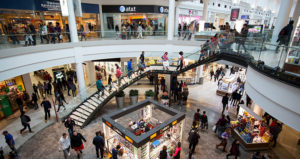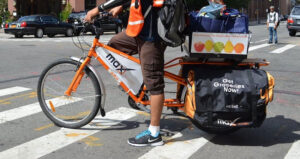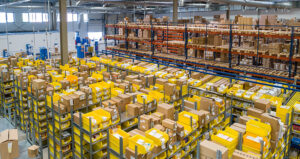
The Case for Prioritizing Ecommerce Profit Over Growth
Ecommerce business owners now face a reality in which inflation and slowing sales have changed the outlook entirely. Aggregators don’t have the funds they used to, with investments decreasing 60% from the first half of 2021 to the first half of 2022. With a slowdown in consumer spending, owners find themselves facing an important decision: prioritizing growth or profits.






